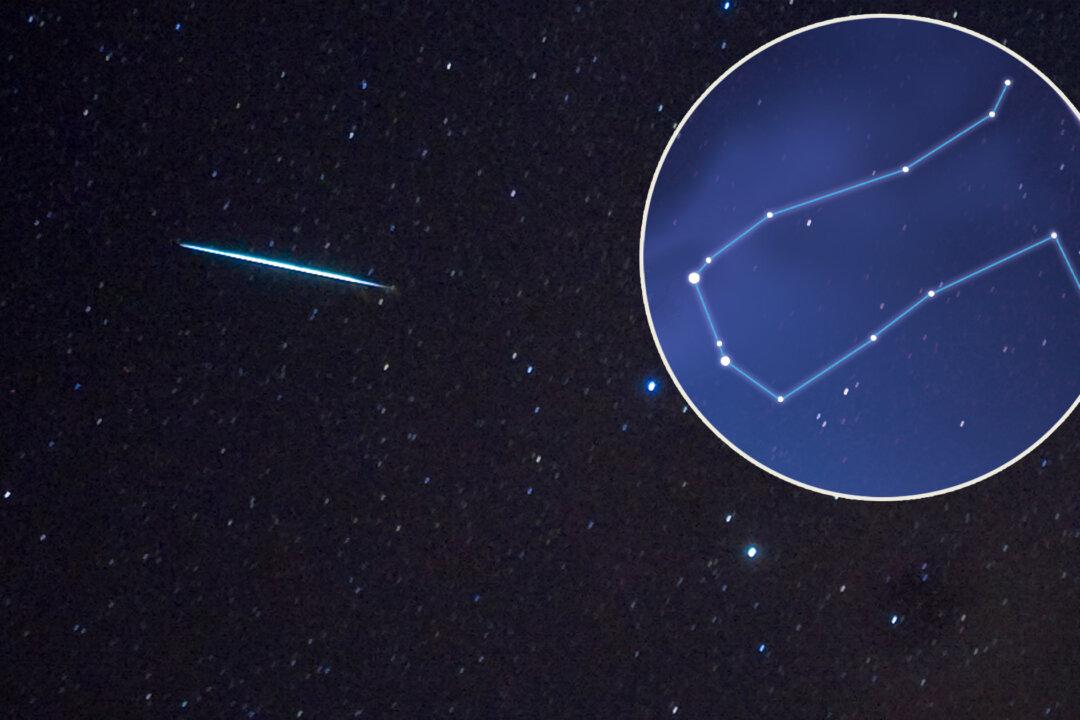With the Holidays fast approaching like Santa Claus’s sleigh, a yearly meteor shower spectacle presents a chance to make a last Christmas wish upon a shooting star.
The Geminids meteor shower occurs every mid-December, nominally lasting from November 19 through December 24 in 2022, and they are expected to peak around December 14. You might also sight a fair number on December 13. The Geminids are considered one of the most striking meteor showers of the year, rivaling the Perseids in August. In ideal, dark conditions, one may spot as many as 120 meteors per hour, even as many as 150 per hour, according to EarthSky.org. They feature bold, fast, and white shots of light that can appear anywhere across the night sky. But they get their name from the constellation they appear to originate from.






